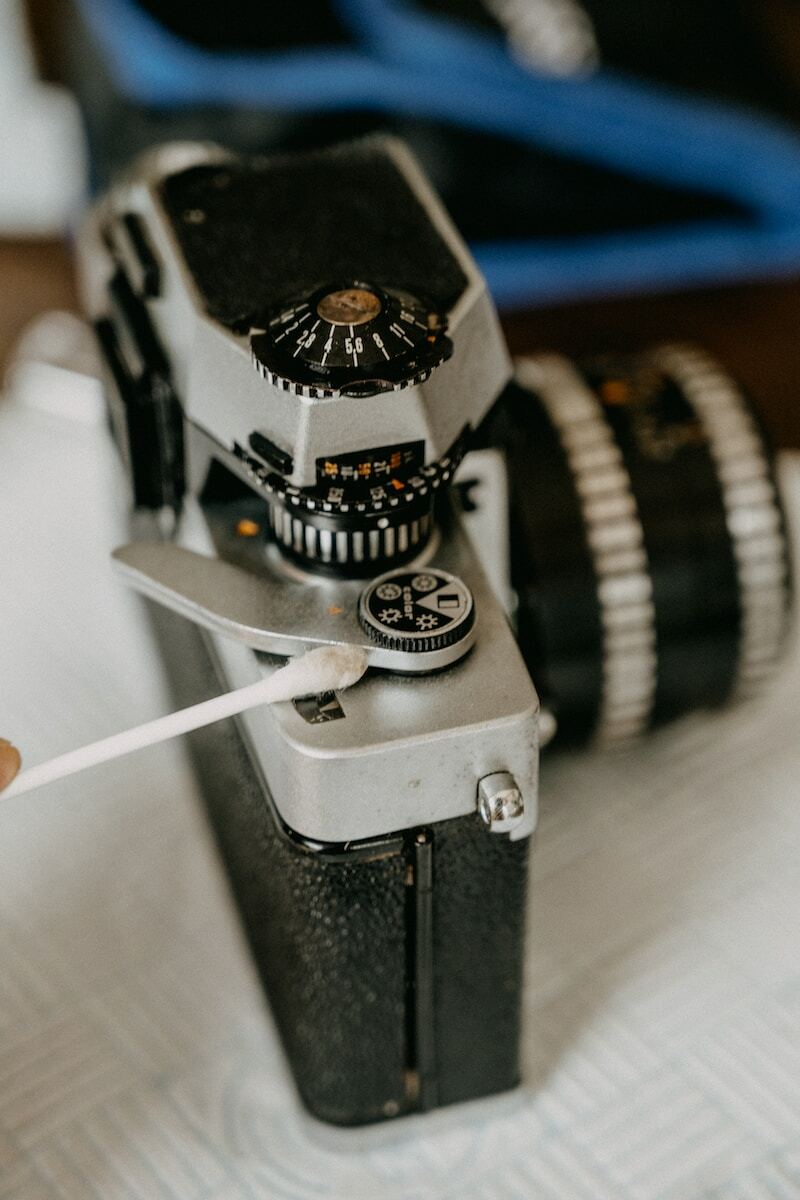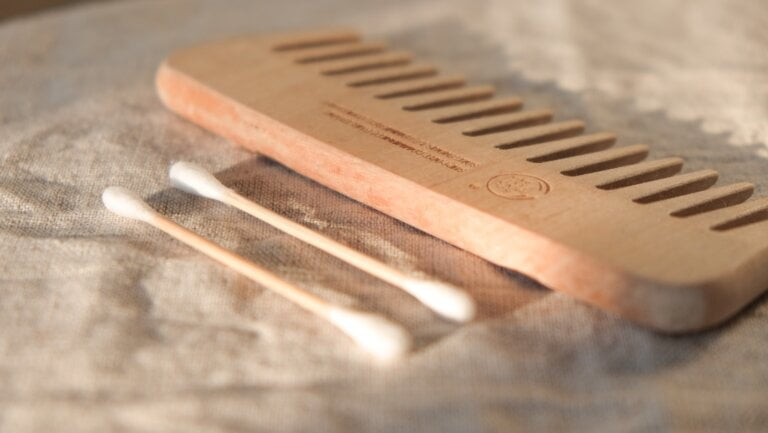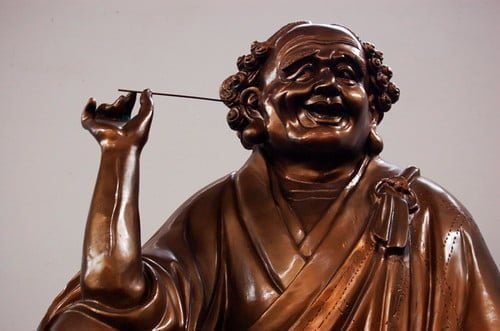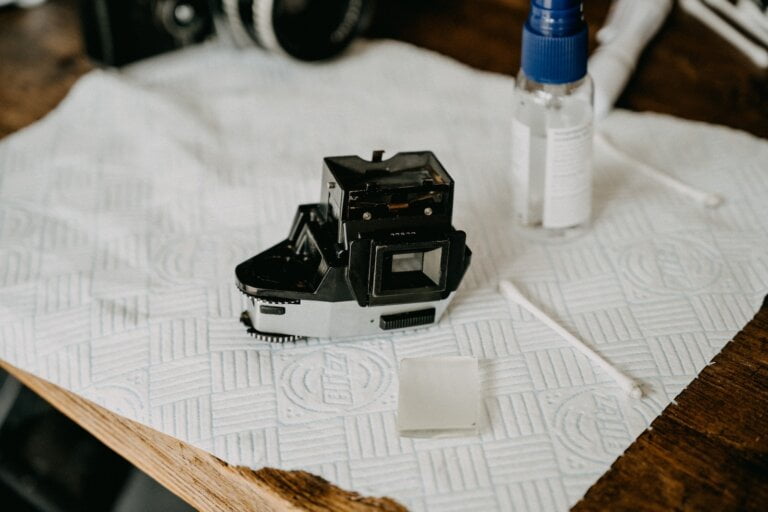Broadening the Horizon: Comparing the Skills of Non-Specialists in Microsuction
Last Updated on 25th April 2024 by Admin
Microsuction is a specialized medical procedure used to remove excess earwax, debris, or foreign objects from the ear canal. Traditionally performed by ear specialists or audiologists, microsuction has gained popularity as an effective and convenient method for ear cleaning. With the increasing accessibility of information and tools, non-specialists are exploring the possibility of performing microsuction themselves. In this article, we will compare the skills of non-specialists in microsuction to those of trained professionals, diving deep into the benefits and risks associated with this practice.
What is Microsuction?
Microsuction is a safe and gentle procedure that involves using a suction device and a microscope to visualize and remove earwax or other foreign objects from the ear canal. Unlike traditional ear cleaning methods, such as ear syringing, microsuction does not involve the use of water or any other liquid. Instead, the focused suction enables precise and controlled removal of impurities without the risk of causing harm to the delicate structures of the ear.
Microsuction is highly effective in removing stubborn earwax and is particularly beneficial for individuals who have a history of ear infections, eardrum perforations, or those with narrow ear canals. The procedure allows for a clear visual examination of the ear canal, enabling the specialist to identify any abnormalities or signs of infection.
The Role of Specialists in Microsuction
Ear specialists, also known as otolaryngologists or ENT (ear, nose, and throat) doctors, have extensive training and expertise in diagnosing and treating conditions related to the ear, nose, and throat. They are trained to perform microsuction safely and effectively, taking into account the individual’s specific condition and needs. Specialists are equipped with the knowledge and experience to handle complex cases, such as impacted earwax or foreign bodies lodged deep within the ear canal.
Specialists undergo years of medical training and residency programs that focus on the intricate anatomy and physiology of the ear. They possess a deep understanding of the potential complications and risks associated with microsuction. Their expertise allows them to adapt the procedure to the unique needs of each patient, ensuring the safety and effectiveness of the treatment.
In addition to performing microsuction, specialists are also skilled in diagnosing and managing various ear conditions, such as ear infections, tinnitus, and hearing loss. They can provide comprehensive care and follow-up to address any underlying issues, ensuring the best possible outcome for the patient.
The Rise of Non-Specialists in Microsuction
With the increasing availability of online resources, instructional videos, and over-the-counter microsuction kits, non-specialists are exploring the possibility of performing microsuction at home. This shift has been driven by various factors, including convenience, cost-effectiveness, and the desire for autonomy over one’s healthcare. However, it is important to understand the limitations and potential risks associated with this approach.
Non-specialists who attempt microsuction at home may do so without the necessary knowledge and training, potentially putting themselves at risk of complications or harm. While the accessibility of information and tools can provide a sense of empowerment, it is crucial to recognize that microsuction is a medical procedure that requires expertise and precision.
Skills Required for Microsuction
Performing microsuction requires a certain level of knowledge and skills to ensure a safe and effective procedure. These skills include:
- Understanding Ear Anatomy: Knowledge of the intricate structures of the ear is crucial to avoid any potential damage during the suction process. Non-specialists should familiarize themselves with the anatomy of the outer ear, middle ear, and eardrum.
Non-specialists should have a solid understanding of the different parts of the ear, such as the pinna, ear canal, and tympanic membrane. This knowledge allows them to navigate the ear canal safely and avoid causing any harm to delicate structures. It is important to recognize the variations in ear anatomy among individuals and adapt the procedure accordingly.
- Using Microsuction Equipment: Non-specialists must be proficient in handling microsuction devices, including the suction tube and the microscope. Proper technique and control are necessary to prevent injury and ensure successful removal of impurities.
Using microsuction equipment requires practice and familiarity. Non-specialists should ensure they are comfortable with the suction device, including understanding how to adjust the suction power and how to properly position the microscope for optimal visualization. They should also be aware of the potential risks associated with mishandling the equipment and take necessary precautions to minimize them.
- Identifying Indications and Contraindications: Non-specialists should be able to recognize when microsuction is appropriate and when it is contraindicated. Certain conditions, such as a perforated eardrum or an ear infection, require professional medical attention and should not be treated at home.
Non-specialists should have a comprehensive understanding of the indications and contraindications for microsuction. They should be able to assess whether the procedure is suitable for a particular individual based on their medical history, symptoms, and the presence of any contraindications. When in doubt, it is always best to consult with a qualified specialist before attempting microsuction at home.
- Assessing Safety and Hygiene: Maintaining a sterile and safe environment is crucial during microsuction. Non-specialists must understand the importance of hygiene, including proper cleaning and disinfection of equipment.
Non-specialists should adhere to strict safety and hygiene protocols to minimize the risk of infection or other complications. This includes properly cleaning and disinfecting the microsuction equipment before and after each use, using sterile suction tips, and ensuring a clean and controlled environment for the procedure.
Benefits of Non-Specialists in Microsuction
While microsuction performed by non-specialists comes with certain risks, there are potential benefits associated with this approach:
- Convenience: Performing microsuction at home eliminates the need for scheduling appointments and visiting healthcare facilities. It allows individuals to address their earwax concerns at their own convenience.
Performing microsuction at home provides individuals with the flexibility to manage their earwax issues on their own time. It eliminates the need to wait for appointments or travel to a specialist’s office, making it a convenient option for those with busy schedules or limited access to healthcare facilities.
- Cost-Effectiveness: Non-specialist microsuction may provide a more affordable option for those who cannot afford or do not have access to specialized medical services. Over-the-counter microsuction kits are readily available and often cheaper than professional procedures.
Non-specialist microsuction can be a cost-effective alternative for individuals who are unable to afford or access specialized medical services. Over-the-counter microsuction kits, when used properly, can provide relief from earwax buildup at a fraction of the cost of a professional appointment.
- Empowerment and Autonomy: Taking charge of one’s healthcare can provide a sense of empowerment and autonomy. Some individuals prefer being able to manage their earwax issues independently, without relying on external assistance.
For some individuals, the ability to perform microsuction at home can be empowering. It allows them to take control of their own healthcare and address their earwax concerns without relying on external assistance. This sense of autonomy can lead to increased confidence and a greater understanding of one’s own body.
Risks and Limitations of Non-Specialist Microsuction
While non-specialist microsuction may seem appealing, it is important to consider the potential risks and limitations:
- Inadequate Training: Non-specialists may not possess the same level of training and expertise as professionals. Lack of proper training can lead to incorrect technique, improper equipment handling, or failure to recognize complications.
One of the primary risks of non-specialist microsuction is the lack of adequate training. Without the same level of expertise as professionals, non-specialists may not possess the necessary knowledge to perform the procedure correctly. This can result in ineffective or potentially harmful outcomes, such as failure to remove impurities or causing injury to the ear.
- Misdiagnosis: Without adequate medical knowledge, non-specialists may misdiagnose ear conditions or fail to identify underlying issues. This can result in delayed treatment or inappropriate management of earwax impactions.
Non-specialists may lack the expertise to accurately diagnose ear conditions. This can lead to misdiagnosis or failure to identify underlying issues that may require medical attention. Delayed treatment or improper management of earwax impactions can result in prolonged symptoms or potential complications.
- Potential for Injury: Mishandling of microsuction equipment or improper technique can lead to injury or trauma to the delicate structures of the ear, including the eardrum. This can result in pain, hearing loss, or other complications.
The potential for injury is a significant concern when non-specialists attempt microsuction at home. Mishandling the equipment or using improper technique can cause trauma to the ear, leading to pain, hearing loss, or other complications. It is essential to recognize the delicacy of the ear structures and exercise caution when performing microsuction.
- Lack of Follow-Up: Non-specialists may not have the means to provide follow-up care or monitor the effectiveness of the procedure. This can result in incomplete removal of earwax or failure to address any underlying issues.
Follow-up care is crucial to ensure the effectiveness of microsuction and address any underlying issues. Non-specialists may lack the resources or expertise to provide appropriate follow-up care, leading to incomplete removal of earwax or failure to identify and manage potential complications. It is important to have access to professional medical care for comprehensive evaluation and ongoing management of ear conditions.
Conclusion
Microsuction is an effective and safe procedure when performed by trained specialists. While non-specialists may be tempted to try microsuction at home, it is crucial to understand the risks and limitations associated with this approach. Inadequate training, potential for injury, and lack of follow-up care are important factors to consider. It is recommended to consult a qualified ear specialist or audiologist for a comprehensive evaluation and appropriate management of ear conditions.
FAQ
-
What is microsuction?
Microsuction is a safe and gentle procedure that uses a suction device and a microscope to remove earwax or foreign objects from the ear canal without the use of water or any other liquid. -
What is the role of specialists in microsuction?
Specialists, such as otolaryngologists or ENT doctors, have extensive training and expertise in performing microsuction safely and effectively. They are equipped to handle complex cases and can provide comprehensive care and follow-up for various ear conditions. -
What skills are required for microsuction?
Performing microsuction requires skills such as understanding ear anatomy, being proficient in using microsuction equipment, identifying indications and contraindications, and maintaining safety and hygiene during the procedure. -
What are the risks and limitations of non-specialist microsuction?
Non-specialists attempting microsuction at home may lack adequate training, leading to incorrect technique and potential complications. They may also misdiagnose ear conditions, have a higher risk of causing injury to the ear, and may not be able to provide follow-up care or monitor the effectiveness of the procedure.







